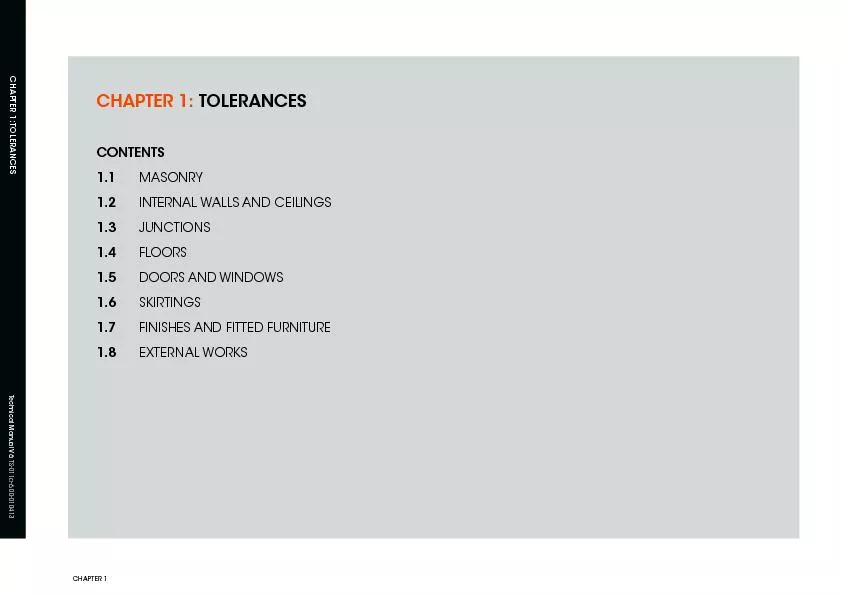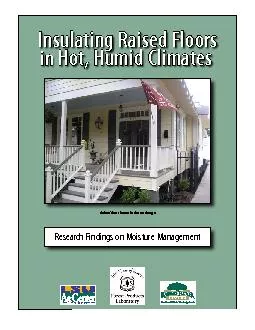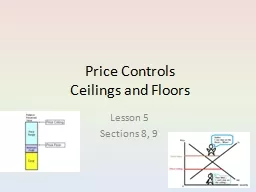PPT-Price Floors and Ceilings
Author : min-jolicoeur | Published Date : 2018-11-15
Public Sector Economics Price Regulation Examples Rent control ceiling Minimum wage floor College athletes work without cash comp ceiling Biblical prohibitions
Presentation Embed Code
Download Presentation
Download Presentation The PPT/PDF document "Price Floors and Ceilings" is the property of its rightful owner. Permission is granted to download and print the materials on this website for personal, non-commercial use only, and to display it on your personal computer provided you do not modify the materials and that you retain all copyright notices contained in the materials. By downloading content from our website, you accept the terms of this agreement.
Price Floors and Ceilings: Transcript
Download Rules Of Document
"Price Floors and Ceilings"The content belongs to its owner. You may download and print it for personal use, without modification, and keep all copyright notices. By downloading, you agree to these terms.
Related Documents














